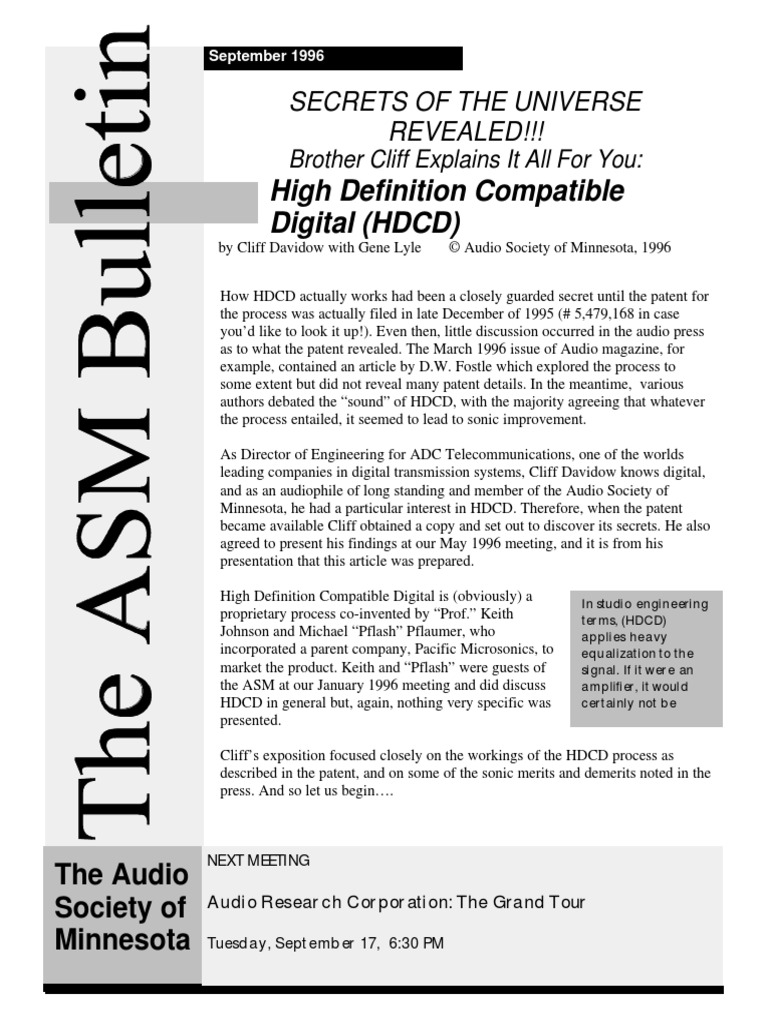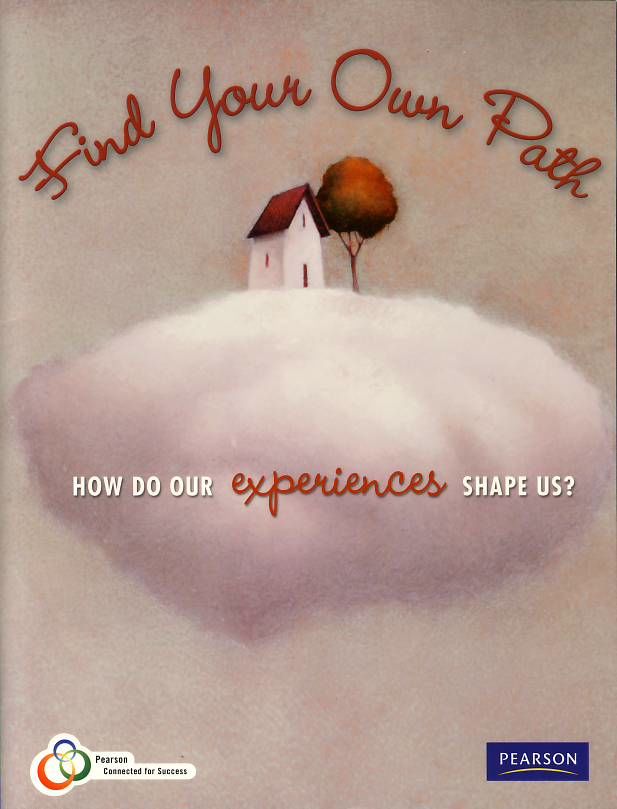Seeking to Know the Secrets of the Universe
The quest for understanding the universe has long been a source of intrigue and contemplation across various cultures and philosophies. In the Bahá’í teachings, this endeavor is not merely an intellectual exercise but a profound imperative that fosters spiritual growth and promises transformative insights. The Bahá’í Faith advocates an enlightened perspective of reality, beckoning its … Read more









